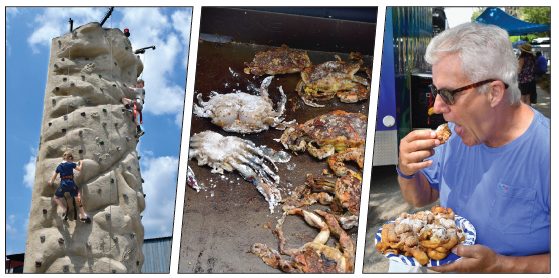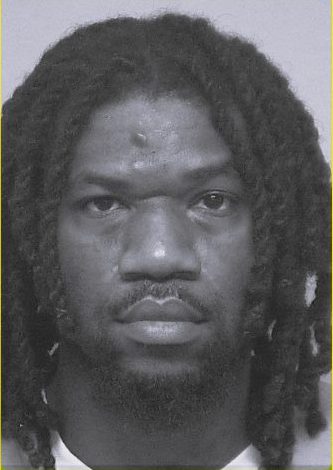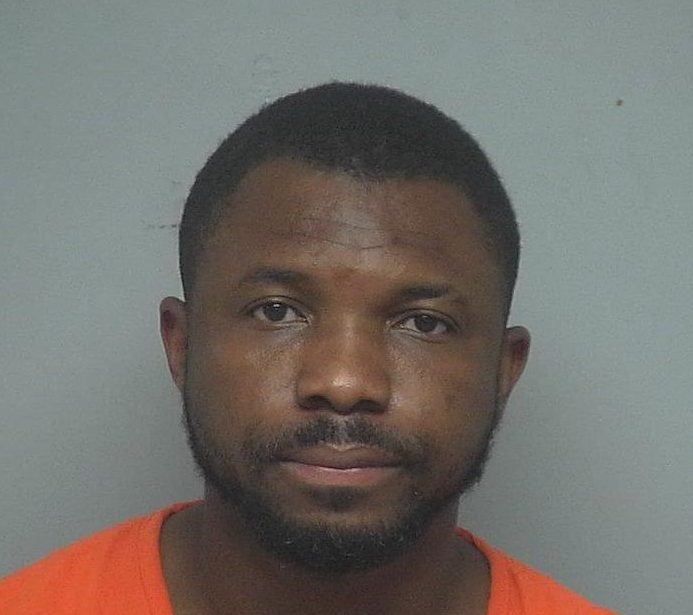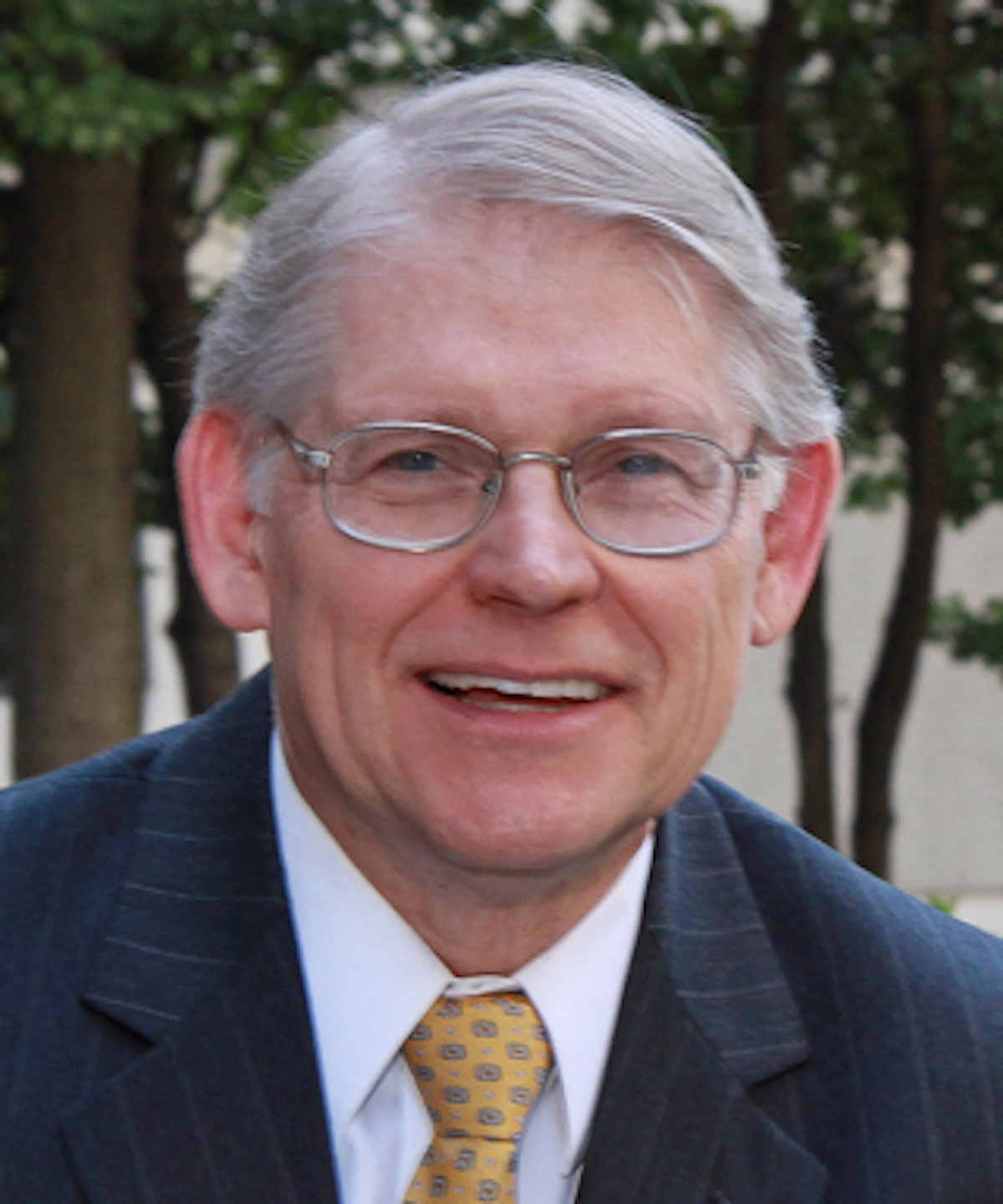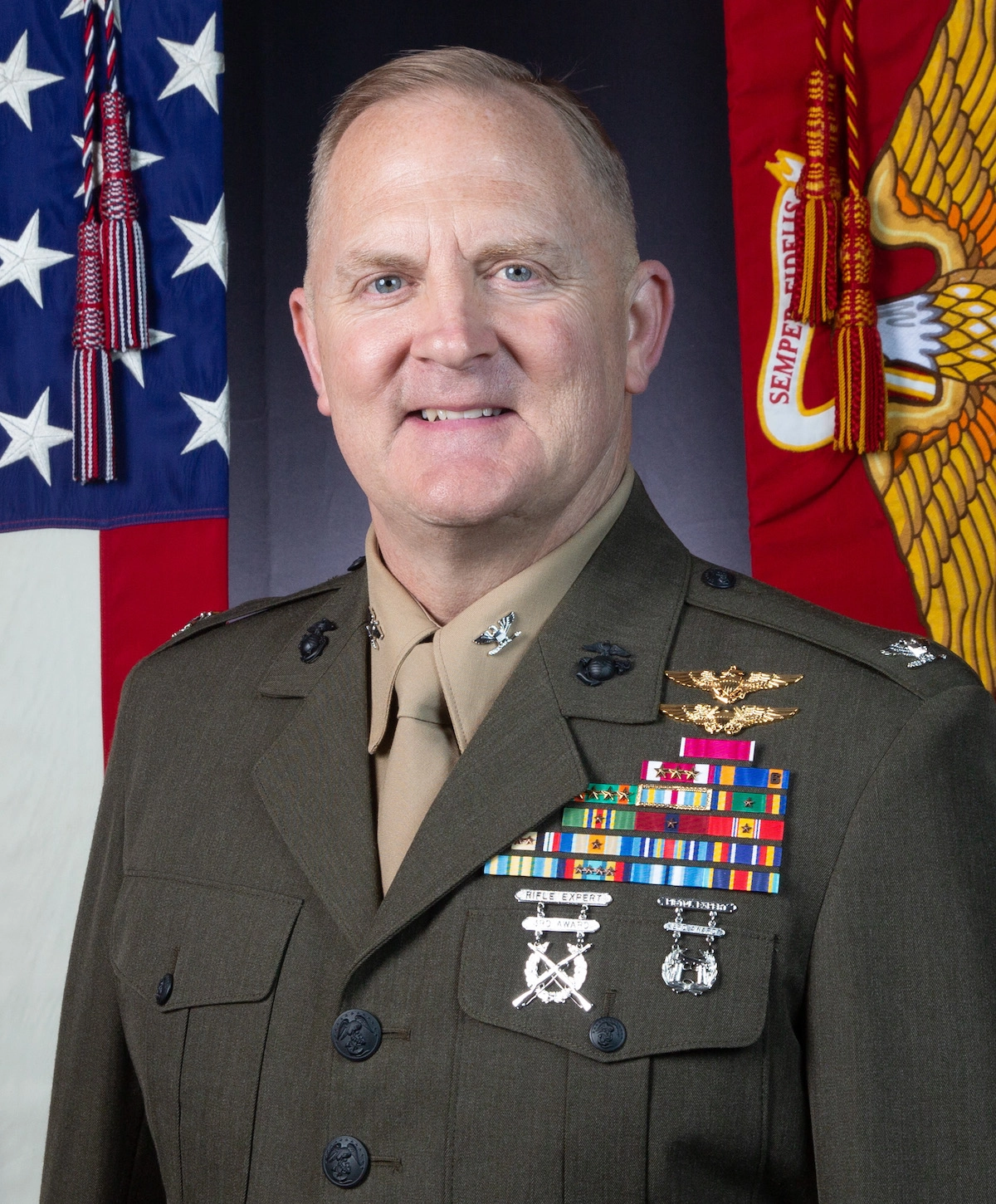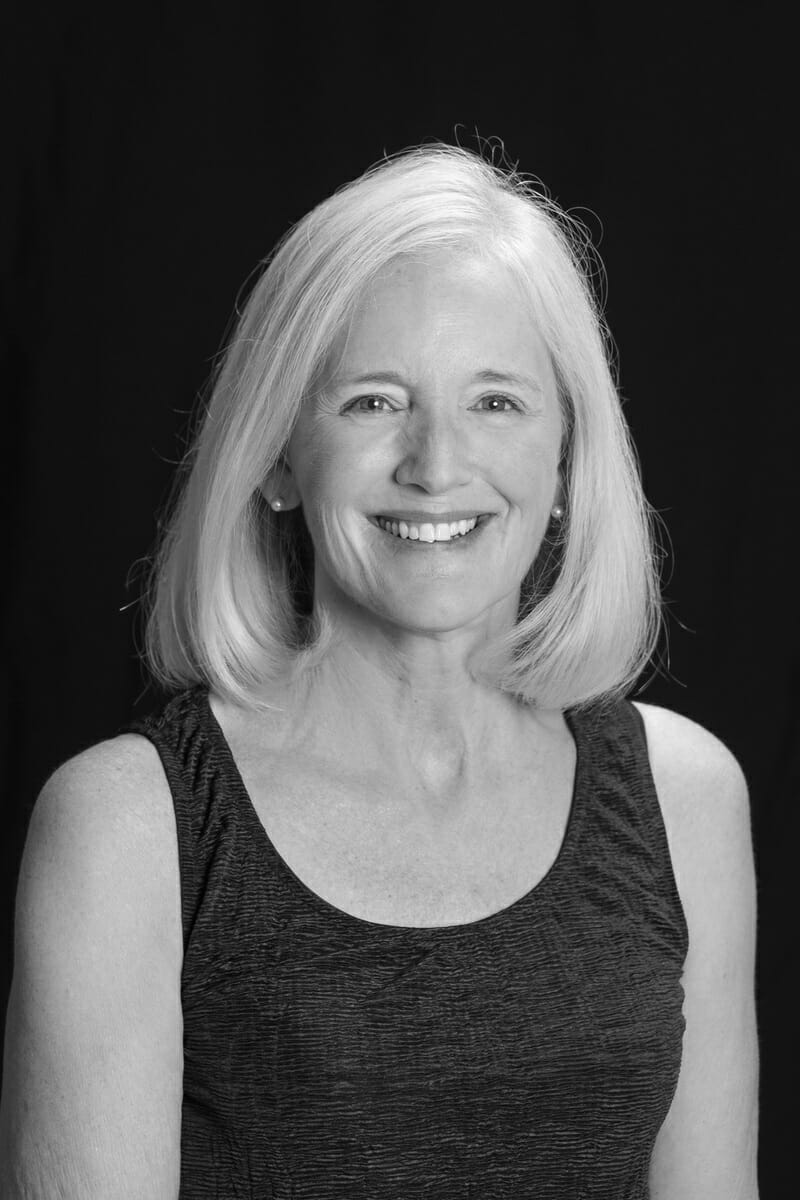By Scott Graber
At first glance the International African American Museum resembles nothing more than an elevated, white marble shoe box, set down beside a South Beach-styled condominium, pointing into the impossibly blue waters of Charleston Harbor.
Later one will understand that the immense shoe box is aligned over Gadsden’s Wharf — the very spot where 150,000 dazed, dehydrated, walking-dead Africans came ashore between 1670 and 1808. Then one understands why Pei, Cobb, Freed and Partners decided that nothing would touch this sacred, now-shaded geography other that the concrete pillars supporting the building.
Before this column commences let me say that this is not my first slave-focused rodeo. I’ve been to the National African American Museum in Washington; the new Legacy Museum in Montgomery, Ala.; the old Legacy Museum and Lynching Memorial in Montgomery, Ala.
And so I came to Gadsden’s Wharf expecting the wall-sized video image of the Atlantic Ocean complete with a beach littered with terra cotta human heads. But that’s not the shattering first impression one gets in Charleston.
Here one enters a canyon of video panels showing dramatic scenes from Mali; engravings of the men and women who stepped ashore just below; and arresting images of current African Americans in engaged in every modern endeavor — models, athletes, musicians.
These images are somehow synchronized, but the visual impact is ancient kingdoms, vibrant colors, and degrading work in the muck of semi-submerged rice fields. And yet there is a cautious optimism built into the introductory passage at the International African American Museum.
I must admit I loved the rooms focused on ancient Africa; and those dealing with rice cultivation and Civil Rights; and, finally, the room more or less dedicated to Beaufort County.
I loved the fact that my some of my friends — Emory Campbell and Frieda Mitchell — were featured on the walls of what was called “The Gullah Geechee Room.” Yes, one expects to see Martin Luther King, Andrew Young, Robert Smalls and Harriet Tubman; but here we had Natalie and Ron Daise along with Arianne King Comer and Marquetta Goodwine. Yes, in a real sense, this room could have been named “The Beaufort County Experience”.
I liked that there was a focus on ancient Africa. The empires of Mali, Kongo, Benin and Hausa were described and made accessible on an interactive device where one could see these kingdoms in relation to modern day Africa. It is, I think, important to know this history in order to know the story of the Muslim expansion from Northern Africa and the colonization by Leopold and his band of European psychopathic brothers.
This room really helps if you have an interest in the troubled Sahel, the terrorists who now run roughshod through this dry topography, the French who are unhappily leaving the field, the Russians and the Chinese who want to replace the departing French.
When Susan and I left the Legacy Museum (two years ago) in Montgomery, Ala., we went to a nearby bar and argued. I argued the Legacy described the problems, but did not deal with the question of where we go from here. My wife argued that this wasn’t the role of the museum — that today’s teachers, preachers and legislators had that duty.
When we left the Charleston Museum — going for $5 Margaritas at Taco Boy on Huger Street — I understood that this journey is not done; we are not finished; that there is anger and rancor still rattling around in the American psyche. But this museum helped me see a struggle that we are slowly, grudgingly, collectively winning.
I came of age in the segregated, Apartheid-worthy South where black and white people were physically separated. During my lifetime I witnessed the Poor People’s March (I was there); the removal of the Confederate flag from the Statehouse (I was there); the elevation of Barack Obama to the Oval Office (Alright, OK, I saw that one on television).
I also witnessed the successful integration of my college, The Citadel, and the arrival of competent African American judges in courtrooms that I routinely inhabited.
And yes, I saw the beating of Rodney King; knew Clementa Pinckney and mourn his death. I do understand that our the current national turmoil has race-based ingredients.
But I know that my son is just about colorblind; that at Bluffton High School young Black men are dating young white girls; that my friend Frieda Mitchell is enshrined on the walls of a building that will forever hang above an infamous wharf in Charleston.
Scott Graber is a lawyer, novelist, veteran columnist and longtime resident of Port Royal. He can be reached at cscottgraber@gmail.com.



